‘Dragon’s Dogma 2’ Review – The Same Amazing Game, Now With 99% Less Jank
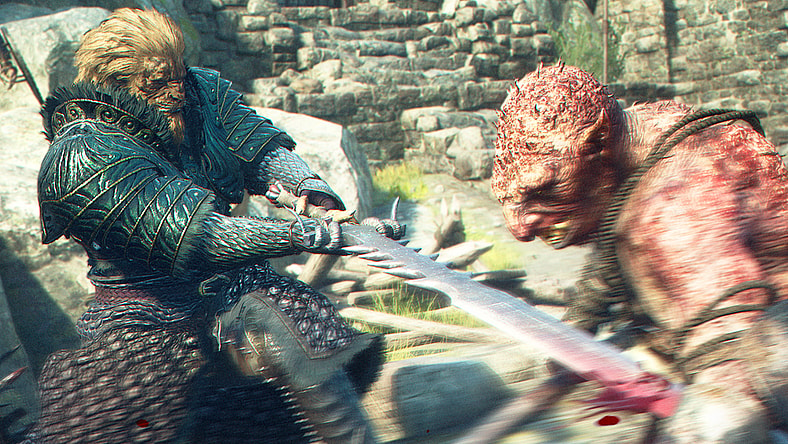
Do you like challenging games?
As an older gamer now, I sometimes find it hard to convey to the younger generations the essence of what made gaming special in its early days. Gaming used to emphasize difficulty and proving impossible challenges. Yet, as gaming became more mainstream in the early 2010s, gamers watched as their hobby turned to removing those unique, sometimes maddening experiences that defined the medium for decades in favor of simplicity, ubiquity, and ease of access.
Enter Dragon’s Dogma 2, a throwback and Capcom’s latest creation. It’s a delightful headache—an ode to the traditional, tough-as-nails Japanese games of the past. Like the Dark Souls series by From Software, this game takes players on a demanding journey. Here, friction is not only expected but embraced -sometimes those challenges are bugs- asking players to dedicate their minds, twitch reflexes, and hearts to conquer these challenges.

RELATED: ‘Final Fantasy VII Rebirth’ Full Review – Perfection 27 Years In The Making
The original Dragon’s Dogma is one of those games that divides everyone between haters and fans.
Emerging in 2012 from the minds of two of Capcom’s most legendary creators, Devil May Cry series director Hideaki Itsuno and Resident Evil 4 producer Hiroyuki Kobayashi, this ARPG (Asymmetric Role-Playing Game) was essentially a mix of the aforementioned Dark Souls‘ core gameplay loop and the jobs systems from Final Fantasy with a limited version of the Monster Hunter series’ items and connectivity features added for taste.
Combine this unusual design structure with a high-but-fair-difficulty mission system which prides itself on pushing its players to find unexpected and original solutions and it’s easy to see why the game immediately became a viral-yet-divisive sensation upon release.
But above all, perhaps Dragon’s Dogma‘s most defining feature is the fact that it absolutely refused to hold your hand, revealing its deeper layers only to those players who managed to battle their way through the story at least once.

Of course, let’s not ignore the elephant in the room.
Despite all of its positives, the cult classic was weighed down with jank and unrealized ideas: The final release featured only half of the intended map and content its developers had planned. The AI, a cornerstone through its Pawns System, which is custom npc party members players could trade with one another, could often be erratic. There were few modern conveniences like fast travel or dedicated map markers and quest logs. Some missions would never appear in the log, and most demanded counterintuitive solutions, leaving players scratching their heads.
For the longest time, I was part of the haters camp – I even threw in the towel during my original playthrough of it last year. I even vividly recall getting into heated arguments with a friend over the game’s appeal – it being one of his all-time favorites, while I couldn’t understand why anyone would praise it.

Only with repeated attempts, over 40 hours in, did I begin to understand: Those who weather the frustrations are rewarded with unparalleled immersive gameplay and a captivating existential storyline whose ending remains enthroned as one of the smartest in any RPG.
As its players say, “You only learn to love Dragon’s Dogma after you’ve been through the fire.”
So it’s understandable, with most modern games eschewing difficulty, that players have been eagerly awaiting Dragon’s Dogma 2 and all the challenges it would bring.
Happily, I can report that those expectations will be met… well.

Let’s get one thing out of the way at the start: Dragon’s Dogma 2 does not attempt to reinvent the wheel.
Instead, it builds upon the foundations laid down by its predecessor in a manner reminiscent of the Pokémon or Monster Hunter, layering subtle new gameplay enhancements over familiar systems while presenting players with a story just different enough from those featured in previous entries to technically count as being ‘new’.
To that last point, the plot of Dragon’s Dogma 2 follows a familiar rhythm: Like the first game, You are the undying Arisen, a hero chosen by fate to rule the land and determine destiny itself.
Likewise, your duties this time around remain largely unchanged from before: battle monsters, save the world from the evil monarchic governments- now spanning two nations—and unravel the universe’s hidden logic, which ends up being so much more than one could expect.
Really, the only major difference between this adventure and the last is that instead of needing to thwart an evil duke, this time you face an evil consul regent. However, once you get past the initial déjà vu, the second half of the story shifts gears to delve into more profound philosophical themes, all of which ends up leaving a lasting positive impression on players who appreciate a bit of depth in their video game stories.

Yet, where Dragon’s Dogma 2 truly shines in its polished execution, the jagged edges of its predecessor having been mostly smoothed out in the 12 years since the original’s release.
Most notably, quests now offer multiple solutions, some ingeniously subtle, all of which can be explored without fear of running into a narrative ‘wall’.
For example, in an optional quest seen in the midgame, you are invited to attend a masquerade ball. While your royal advocate warns you against doing so as he fears its guests may have wicked plans for your persons, you can receive a number of holiday gifts from your noble hosts should you choose to attend – including a stolen national treasure.

Unfortunately for the player, upon receiving this ‘gift’, the royal sentries come knocking, asking to search everyone at the party for the stolen object.
Now, the player has to figure a way out of the situation: You could get caught and try to escape the prison, losing the treasure in the process. You could also try to fight or flee, but two dozen guards will easily stun-lock you; so while it is possible for the player with enough skill to beat, it is improbable to pull off for most. Or, as I figured out, you could change out of your party costume and put on a soldier’s uniform prior to being searched, thus tricking all but one guard into believing I was one of them and allowing me to escape near-unimpeded from the grounds.
Dragon’s Dogma 2 is filled to the brim with missions like that. It’s quite something, and I predict mission designers on other dev teams will undoubtedly study this game for inspiration in the future.

In further terms of its game design, exploration, like in Elden Ring, now carries weight.
While the map isn’t as sprawling as a modern day Assassin’s Creed entry (but then again, what is?), it’s twice the size of its predecessor, every nook and cranny hiding alcoves, alternative routes, and subtle environmental details. I’ve lost entire play sessions exploring a single corner of a map while en route to other missions.
Combined with the day/night cycle and how different vocations allow the player to move about the map differently, there’s a ton of return gameplay here. It’s great to see a game that does not try to do the tired ‘go-to-tower, click x’ design, as popularized by Ubisoft, that has become so common to open-world games. Instead, the game actually tries to guide players through these huge immersive environments in a way that feels organic and exciting rather than just ‘necessary’.
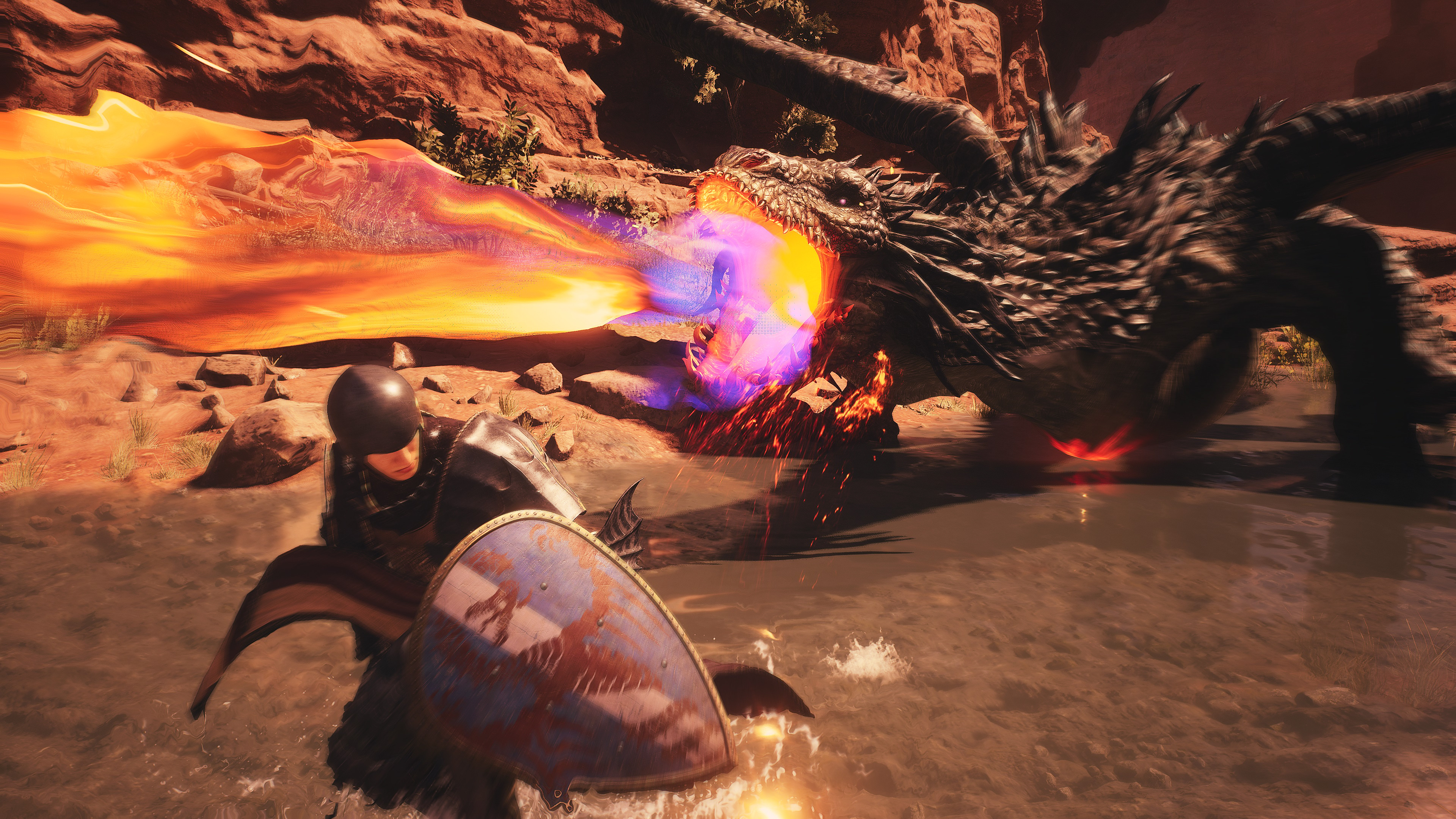
This immersive design extends to your relationships with NPCs, which here feel authentic, thanks to balanced interactions and impressive voice acting.
My favorite thread in the game was early on when you meet an elf named Glyndwr who needs help in both acquiring a human bow and learning how to use it in order to win an archery contest. That mission required me to change to an archer vocation from the mage I was, which I was hesitant to do as I felt comfortable with spellcasting.
Still, I soon began to find that I enjoyed that I not only enjoyed my new vocation, but that I did so more than my original choice. This optional quest then took me through a whole chain of side missions and a new city – all of which paid off in a big way towards the endgame.
By the end of it, thanks to our time spent together, the NPC I first wrote off as a random cut-and-paste elf ended up becoming my favorite character in the game.

RELATED: ‘Outcast – A New Beginning’ Review – Rocket Vet Adventures
Even the pawns – customizable, summonable ‘sidekick’ characters – have evolved from nondescript drones into fleshed-out party members.
It’s surprising how connected you get to these randoms. When I had to drop old pawns for higher-level ones, in light of everything we’d be through, I felt remorse – so much so that sometimes I kept a level 19 party member kicking around way longer than I should have because I had grown to love her.
Sadly, though their combat AI has improved significantly, it can’t help but be noticed that the pawns still suffer from the occasional ‘brain-dead moment’ during traversal.

Regarding combat, it absolutely steals the show in Dragon’s Dogma 2.
In the first title, it felt like only specific options were viable, but not so in this one. This time, not only are all the vocations useful in their own ways, but they also feel distinct from one another, making it a lot of fun to figure out each of their individual utilities.
And though there are fewer combat options here on paper than in the original, the different flows and abilities of each vocation make for a system that encourages experimentation in order to find new ways to use them against opponents, even into the game’s final hours.
Further, this focus on ‘exploiting weaknesses’ also allows for Dragon’s Dogma 2 to experiment with unique boss mechanics, like having players take an eye patch off of a giant ogre or tricking a Chimera into jumping off a cliff. With such varying options for taking out opponents around every turn, there’s never a dull moment when the blades are swinging.
It should also be mentioned that, in service of keeping the game challenging, Capcom applied a new dynamic system to the game, à la Resident Evil 4, which sees the amount and effectiveness of enemies raised or lowered depending on a player’s performance. This might sound awful on paper, particularly the idea of fighting more enemies when you’re doing better, combat is so enjoyable that the added difficulty rarely feels unfair.

However, while I thoroughly enjoyed Dragon’s Dogma 2, I’d be remiss not to mention the sometimes undue stress it caused me. The game boasts a captivating world, a contender with this year’s Final Fantasy 7 Rebirth, but it has flaws.
First, the technical hiccups. While the game is visually stunning thanks to its use of the RE4 Engine, it’s marred with graphic bugs, invisible walls, and moderate frame drops – especially in cities. I reviewed the PS5 version, and a friend who covered the PC release told me his frame dropping issues were much worse, though overall frame rates are better.
While these random slowdowns are likely a CPU issue, it doesn’t change the fact that they can be detrimental to the overall experience, especially during epic moments like a monster breaking into a city. I hope that Capcom both eventually patches these problems out and finds a way to avoid them in future titles, but only time will tell.
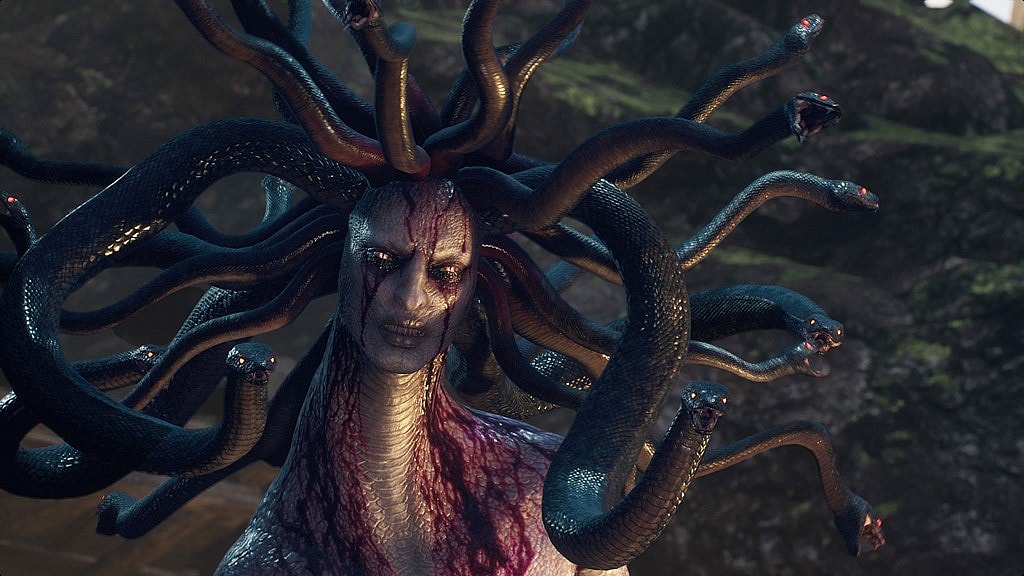
The AI is another of the game’s Achilles’ Heels. While the pawn and NPC exploration AI is usually competent, it occasionally plummets to the IQ level of a medium-sized rock. Nothing is more infuriating than tackling a complex series of platforms and defeating a boss only for your pawn to jump off a cliff with all the loot during the return trip.
The mission design that I love so much is also a double-edged sword. Soft quests – adventures without entries in the mission log (of which there are many) – can break due to NPCs going off the beaten path. For instance, my boy Glyndwr once appeared at my doorstep, requesting an extended escort mission. That excited me; I get more time to hang out with my favorite character and even unlock custom dialogue with connections to other quests to boot. Yes, please!
But then, immediately, to my disappointment, a small ridge soon derailed his path, and he completely vanished, leaving the quest unresolved for the rest of my run. I later discovered that completing the affinity missions requires players to do them at a snail’s pace to avoid losing their rewards forever – and considering how so many NPCs have one, this presents a huge pacing problem.
Then there’s the fact that in attempting to encourage players to uncover more and more of its secrets, the game will sometimes outright lie about the player’s objective in its mission log. It’s an element that some will love, and I think players will be discovering new quest solutions for years to come, but for time-strapped or impatient players, this enigmatic approach can quickly become a hindrance. The aforementioned absence of hand-holding, while appealing to some, will also alienate others. It’s akin to savoring a gourmet meal—some will delight in every flavor, while others long for more straightforward fare.
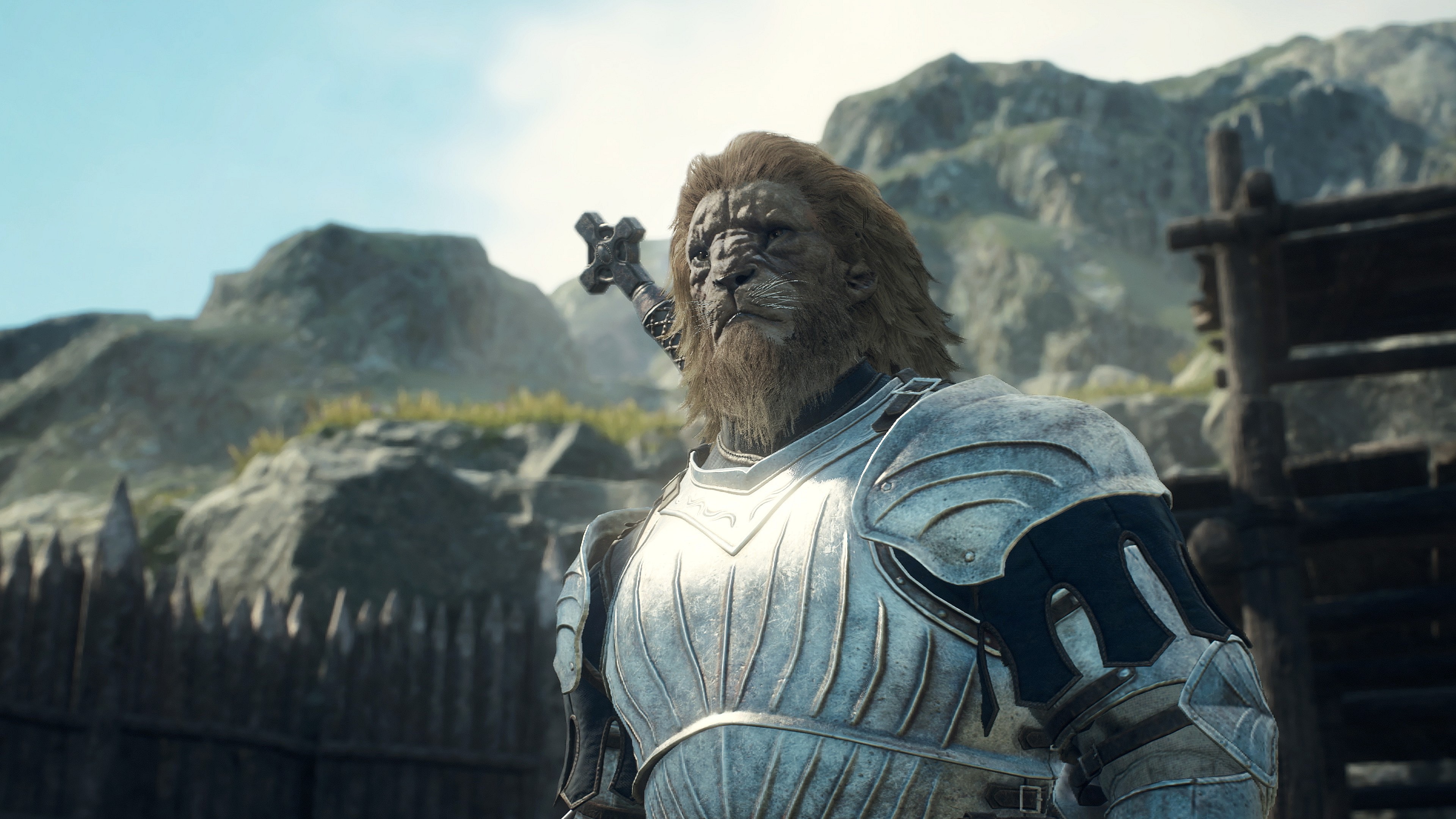
There is no such thing as a game for everyone. That holds truer for Dragon’s Dogma 2 than most.
That said, considering everything, warts and all, am I personally happy with this second trip to Gransys? Absolutely.
It’s a game that players should research and watch YouTube videos before purchasing to decide if it’s for them, but if it clicks, you’re in for a one-of-a-kind experience.
Having indelibly changed my expectations regarding mission design, Dragon’s Dogma 2 now stands tall as one of my favorite modern RPG experiences, right there next to Elden Ring and The Witcher 3. If you enjoyed those titles, I think you’ll also enjoy this one. Yes, it can sometimes be unnerving for the reasons I explained, but the thrill of deciphering cryptic missions, encountering sphinxes, or toppling colossal dragons still remains unmatched, and its story veered and swerved in a way that always kept me unsure as to what exactly would come next.
That last sentiment can also be applied to the game’s design as a whole, as instead of putting players on a leash after anticipating the wildest, most unconventional, and game-breaking ways they could break the game, the developers choose to reward them for it. This is one of those games where long-term investment and repeated plays pay off, and Capcom should hold their heads high for that accomplishment.
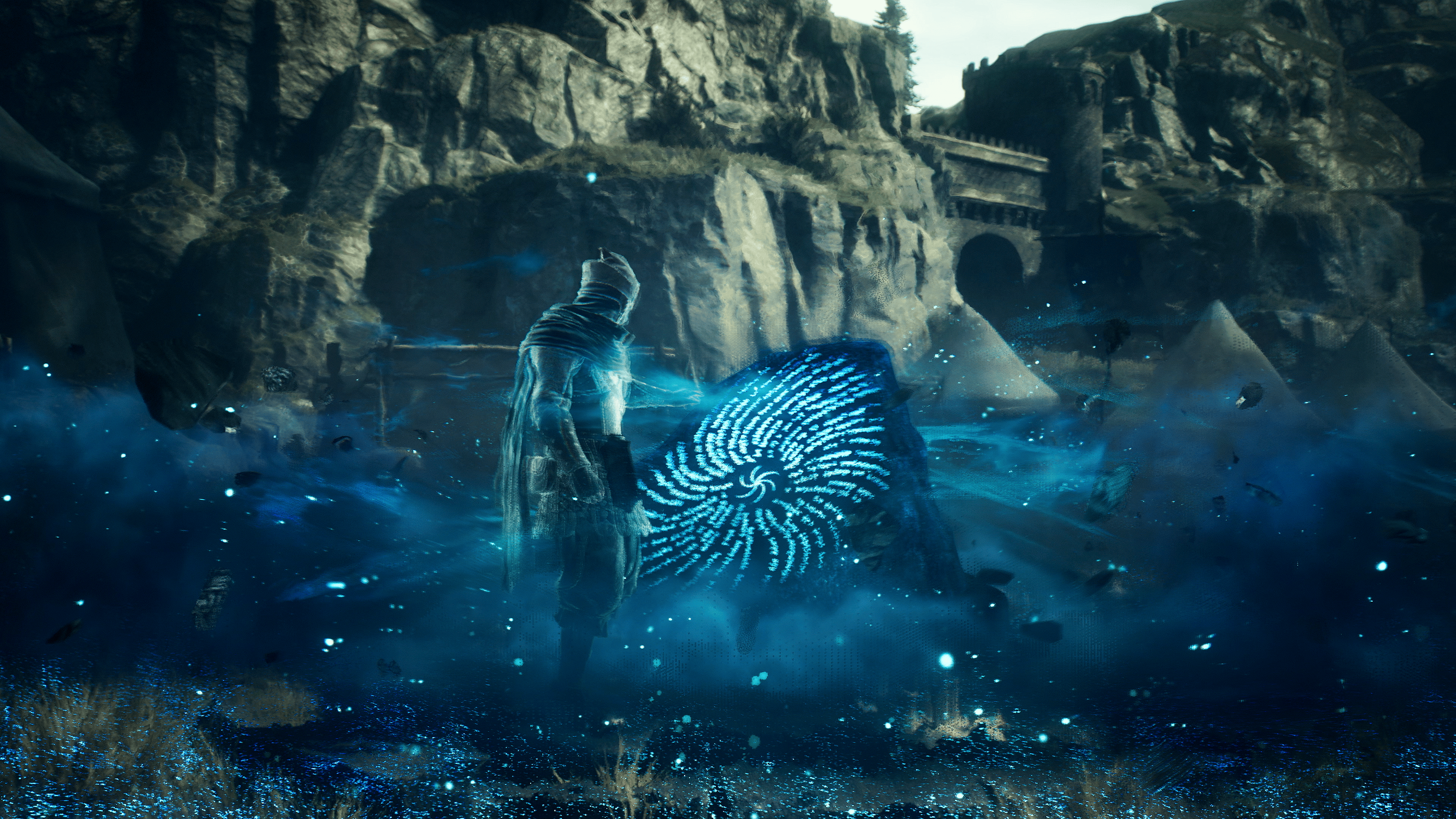
There’s something special about a game that belies that spirit of the games of old. Just as our hero grapples with breaking infinite narrative cycles, we, too, must shatter preconceived notions of what a video game should be. Perhaps games should be more than just entertainment; they should challenge us, story, and all, as other great mediums do.
Dragon’s Dogma 2 is a beautiful melting pot of RPG conventions, its end product a flavorful and satisfying concoction.
Gamers have long wondered what might have transpired if the developers behind the first title had the resources to realize their vision, and now, 12 years later, they’ve gotten their answer. Flawed yet remarkable, Dragon’s Dogma 2 is a strong contender for Game of the Year; with some bug fixes and a little polish, it could easily take home that trophy.
Now, can Capcom please take this level of care and apply it to the Mega Man games?

NEXT: ‘Suicide Squad: Kill The Justice League’ Reviews Are In: “Absolutely Not Worth The Wait”
Dragon's Dogma 2
PROS
- Reward exploration and combat gameplay
- Unique mission design filled with endless secrets
CONS
- A few bugs, frame dips, and AI issues
